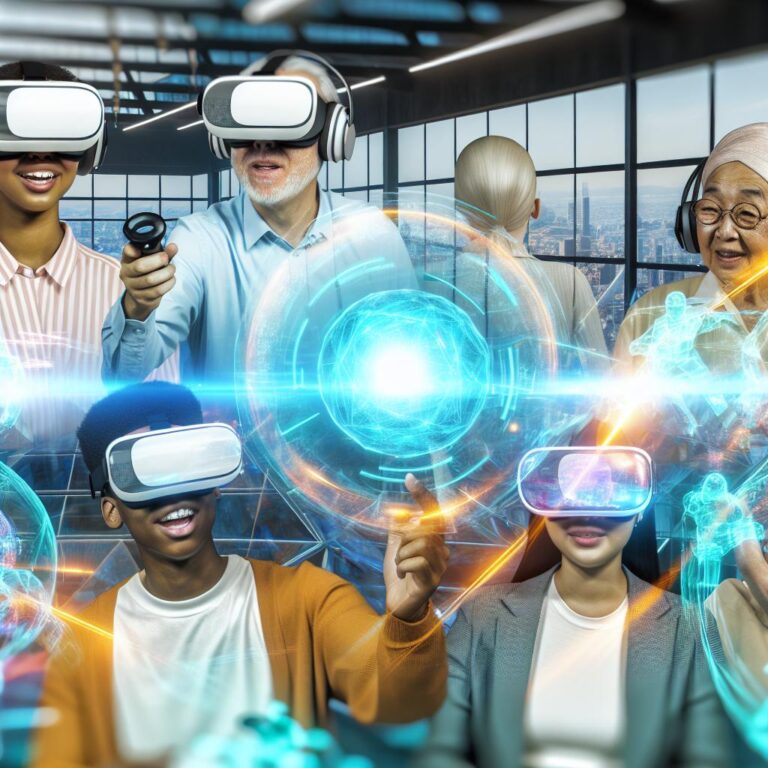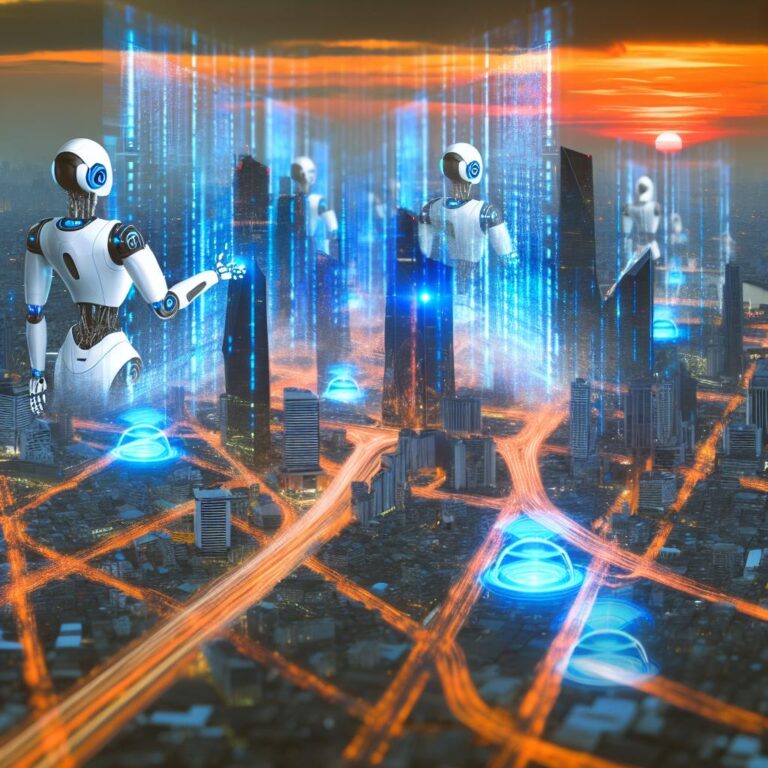Latest robots in healthcare: What’s their new role?
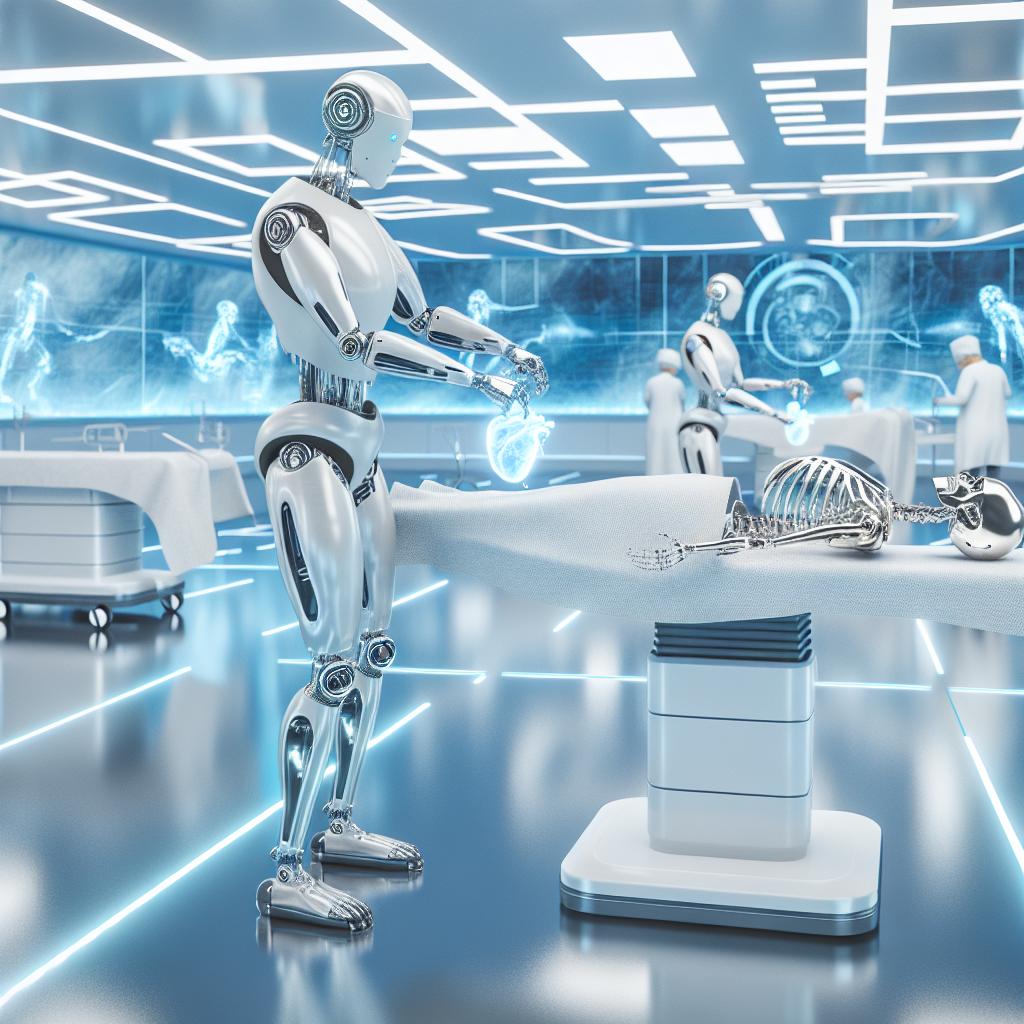
Latest Advancements in Surgical Robotics and AI
- Robotic surgery enables minimally invasive procedures, reducing scars, pain, and recovery time.
- Systems like the da Vinci surgical system offer 3D views, enhancing precision and minimizing errors.
- Innovations include the Ion platform for lung biopsies and Stryker’s Mako system for joint replacements.
- AI enhances diagnosis speed and accuracy, with applications in robotic surgeries, rehabilitation, and telemedicine.
- Robotic nursing assistants improve hospital efficiency by assisting with routine tasks.
- Rehabilitation robots assist patient recovery with consistent support, reducing therapy sessions.
- Healthcare robotics market expected to grow from $10 billion in 2023 to over $14 billion by 2026.
- Emerging trends include training, mobility, telemedicine, and robotic-assisted therapy and recovery.
Have you ever wondered how robots are changing the way we receive medical care? In recent years, healthcare has embraced robotics to transform surgeries, patient care, and rehabilitation. From surgical robots that enhance precision to AI-powered devices that revolutionize patient diagnostics, the role of robots is pivotal. Join me as we explore the latest robots in healthcare and discover their groundbreaking roles in medicine today. Whether you're a tech enthusiast or a future investor, there's a lot to learn!
What are the latest advancements in surgical robotics?
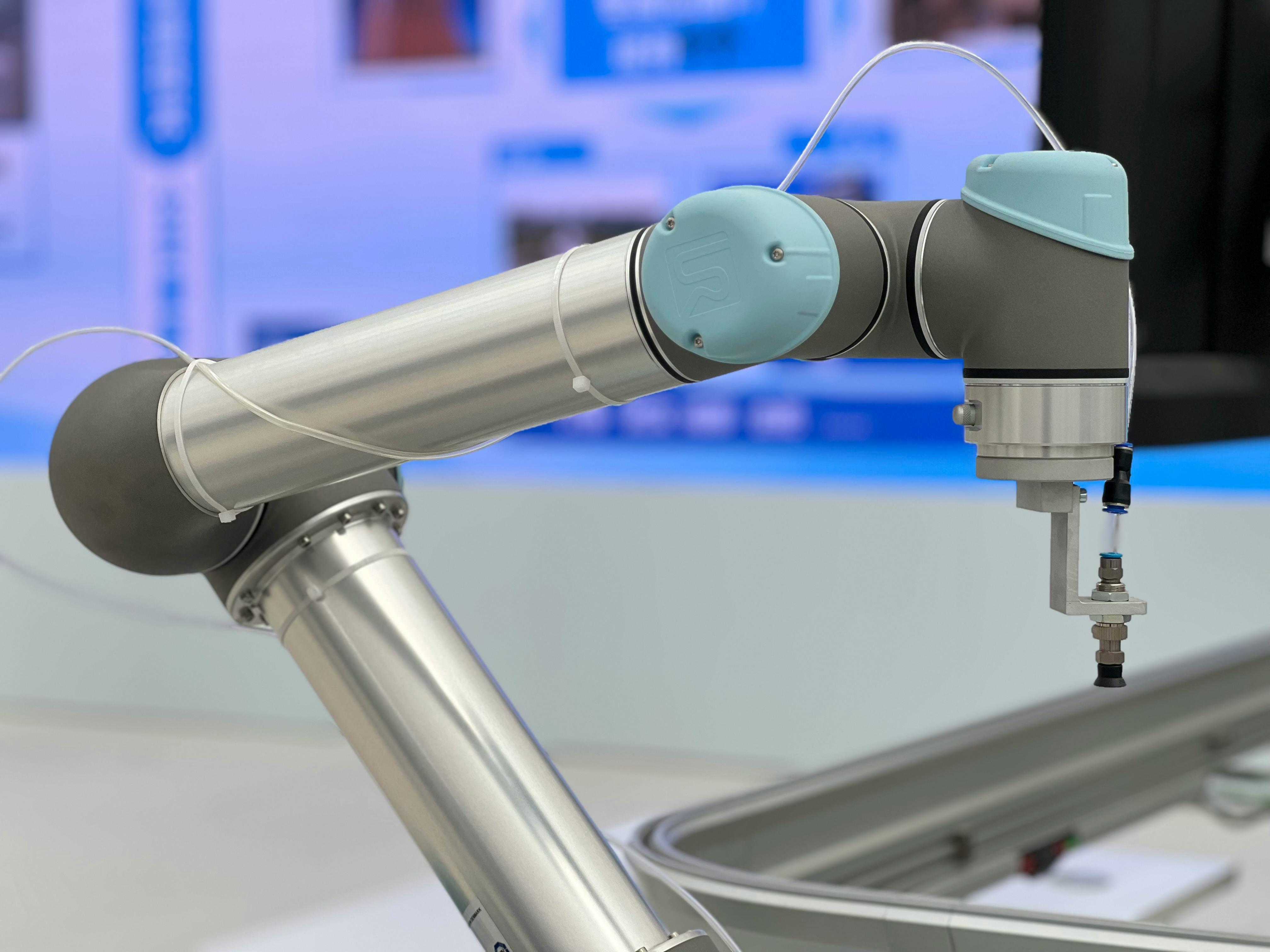
Robotic surgery has come a long way, and new advancements are happening now. With advanced surgical robots, doctors can perform tasks with great precision. This means they can make smaller cuts, leading to fewer scars and less pain for patients. This form of surgery, often called minimally invasive surgery, is good news for patient recovery. It allows patients to heal faster and with less discomfort.
How are robotic systems enhancing surgical precision?
Robotic systems are making surgeries more precise. They use cameras that give surgeons a 3D view inside the body. These cameras can see places too small or hidden for the human eye alone. Surgical robots also enhance the surgeon's hand movements, making them more steady and exact. This ensures delicate tissues are handled carefully.
One example is the da Vinci surgical system. It allows surgeons to perform complex surgeries with precision. The robotic arms move smoother and far more precisely than human hands can. This enhanced precision reduces the chance of mistakes, which translates into better patient outcomes.
What innovations have been made in advanced surgical robots?
There have been great innovations in surgical robots recently. The Ion platform by Intuitive is one such innovation. It is designed for minimally invasive lung biopsies, allowing for early diagnosis of diseases like lung cancer. It guides a thin, flexible tube through the lung's complex structures with ease.
Stryker’s Mako system helps with joint replacement surgeries. It uses 3D imaging for pre-surgical planning. Then, during surgery, it adjusts for millimeter differences in bone cuts. This precision helps surgeons achieve better placements for new joints.
Moreover, some robots are now using Artificial Intelligence (AI) to adjust and learn during procedures. These AI-driven robots help in decision-making, offering suggestions based on data from previous surgeries.
How do robotic surgery advancements impact patient recovery and outcomes?
Advancements in robotic surgery have greatly improved patient recovery times. Since these surgeries involve smaller incisions, there is less bleeding and less infection risk. Patients experience less pain and usually need fewer pain medications afterward. This means patients can go home sooner, get back to normal activities faster, and return to work quicker.
Additionally, these robots perform procedures more consistently. This consistency leads to fewer complications and less variability in patient outcomes. With robots assisting in precision tasks, patients often experience better surgical results, highlighting the impact of robotics in medical progress.
In summary, the role of surgical robots continues to expand. They change surgeries from complex tasks requiring long recovery to more straightforward procedures with quick healing. The Intuitive's Ion platform and da Vinci system exemplify the impressive application of robotics in this field. Enthusiastically, I am excited to see these transformations develop and improve patient lives.
How is AI revolutionizing medical robotics?
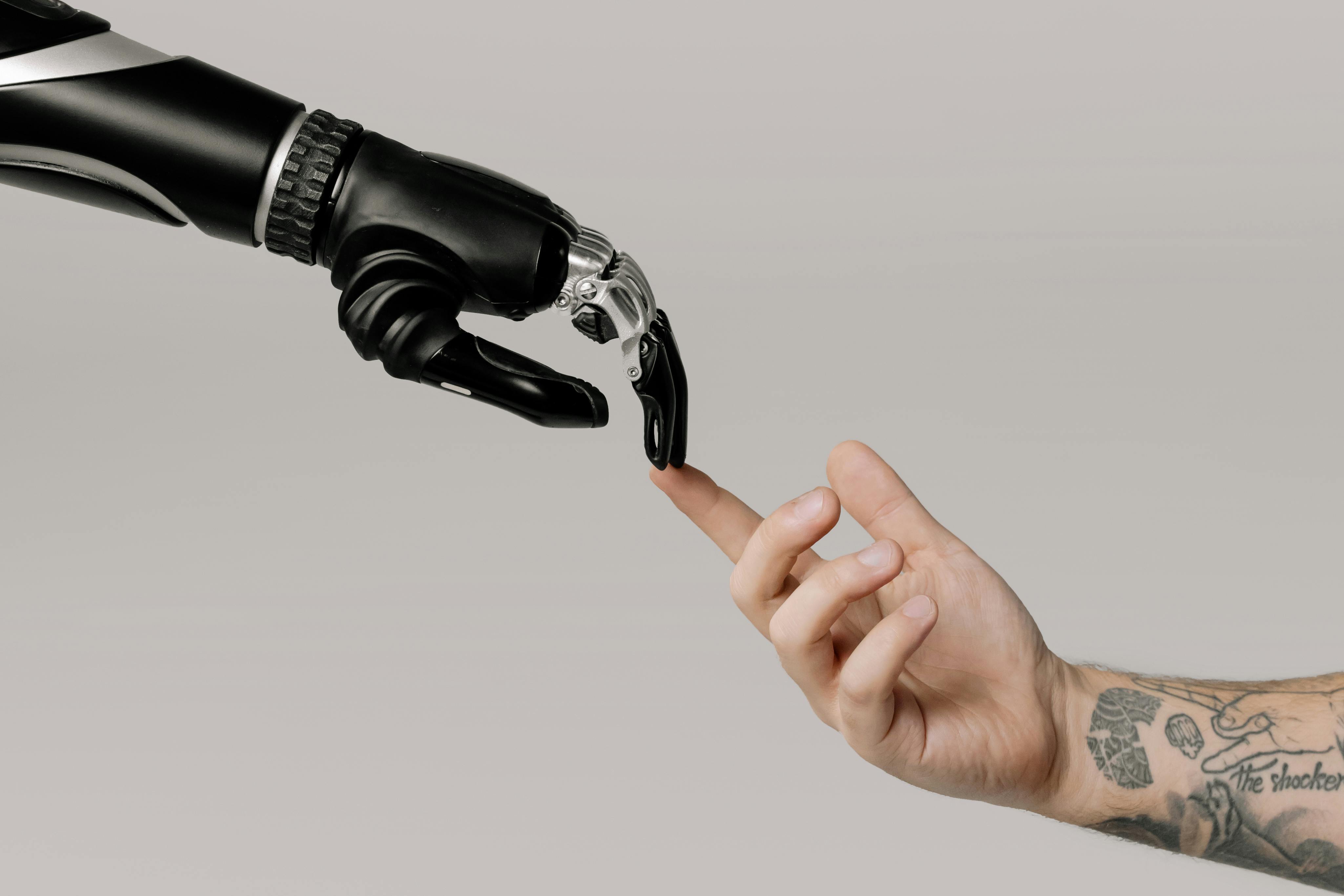
AI is transforming medical robotics in remarkable ways. The potential to revolutionize healthcare is immense, with robots expected to grow significantly over the next decade. Let me guide you through some key areas where AI is making a significant impact.
AI plays a vital role in medical diagnostics. It speeds up patient diagnoses and increases accuracy. The University of York's system, DAISY, is a prime example. It uses AI to sort patients quickly in emergency rooms. This change can save lives by reducing waiting times and getting patients timely help.
AI-driven robots improve patient care by performing tasks with precision. They provide consistent care without fatigue. These robots can perform minimally invasive procedures, which often lead to shorter hospital stays and quicker recovery for patients. For instance, the Intuitive's Ion platform supports lung biopsies. It helps find lung cancer sooner, leading to better treatment outcomes. This demonstrates how AI in medical robotics improves speed and accuracy, making patient care more efficient.
What are the applications of AI in surgical procedures? AI guides robotic-assisted systems like da Vinci and Stryker’s Mako in performing complex surgeries. These robots help surgeons with advanced tools and methods. The use of AI ensures high precision, reducing human error and improving surgical outcomes. Surgeons now often prefer robotic help for joint replacements and other complex procedures. This technology means less pain and faster recovery for patients.
In addition, AI in healthcare robotics extends to mobility solutions, like exoskeletons. Wandercraft's Atalante X helps paralyzed patients walk again. This robot provides the support and movement they need, giving them independence. Yrobot's muscle armor, a wearable tech, offers even more flexibility. These innovations show how AI can empower patients with impaired mobility, helping them regain control and independence in their lives.
AI also powers telemedicine through robotics. Medical procedures like dental work are done remotely with precision. PillBot, a swallowable robot from Endiatx, is another innovation. It allows doctors to perform endoscopies without surgery. These advancements in AI make healthcare more accessible and less invasive, improving patient experiences.
AI is also improving rehabilitation. Robots assist in personalized rehabilitation plans for patients. The National Robotarium, working with AIT Austrian Institute, uses socially assistive robots to help patients recover from strokes. This approach increases completion rates by making rehabilitation more engaging and effective. Robots keep patients and providers informed with real-time data and progress tracking, ensuring successful recovery processes.
Training for medical staff is also seeing AI-driven improvements. Robots like RIA at UC San Diego provide students a safe environment to practice. These humanoid robots simulate various conditions without fatigue. By making training more realistic, AI-driven robots ensure well-prepared medical students who can deliver better patient care.
In summary, AI in medical robotics brings speed, precision, and cost-efficiency. It transforms diagnosis, surgery, rehabilitation, and telemedicine. As AI systems continue to advance, we anticipate even more exciting developments in healthcare. AI's role in healthcare robotics is growing, promising a future with more efficient and precise patient care.
How are robots transforming patient care in hospitals?
Robots change how we think about patient care today. Robotic nursing assistants help nurses with tasks, allowing them to focus on more critical care. These robots deliver medications, move supplies, and even help patients. This means nurses have more time to spend with each patient. When we ask, "What are the benefits of employing robotic nursing assistants?" the answer is clear: they reduce staff workload and increase patient interaction time.
Robots do not tire or need breaks, offering consistent performance. Imagine you, as a patient, knowing your medicines will arrive on time, or the sheets will always be fresh. It creates a more reliable setting. These robots can handle repetitive tasks with precision, minimizing human error. Hospitals today invest in this new era where technology and care meet, aiming for a superior environment for patients.
When we lean into automation, robots significantly enhance patient care. Picture a world where hospital processes are streamlined so doctors spend more time diagnosing or consulting rather than handling routine paperwork. This is possible through patient care automation via hospital robot systems. Robots, with their advanced systems, track patient data in real time, ensuring no crucial point gets missed. "How do robots enhance patient care through automation?" becomes evident as they optimize care efficiency and ensure that even the smallest attention to detail is maintained.
Hospital-wide robotic integration is complex but promising. A task-managed hospital lets its staff focus more on personal patient interaction. Systems are in place that brings robots to every corner of the hospital, amalgamating with human efforts seamlessly. Imagine a system so coordinated that a patient's journey from admission to discharge is smooth and timely. This is the future we're gearing towards, with integrated hospital robot systems in mind.
Regarding robotic integration, the process ensures that all departments are in sync. Robots need to adapt to various roles like cleaning, transportation, or even complex surgeries. Each robot or system contributes to a massive network aimed at a seamless operation within healthcare spaces. Each patient's care path becomes streamlined, benefiting from this synchronized effort.
Current statistics reveal a growing market for robotics in healthcare, expected to rise from over $10 billion in 2023 to over $14 billion by 2026. Not only do they promise efficiency, but they also enhance patient safety. For instance, robotic surgical systems like the da Vinci ensure precision in high-stakes environments. These robots make procedures less invasive, reducing recovery time. Patients benefit from short hospital stays and a quicker return to normal life, highlighting the role of automation in patient care.
Hospitals are becoming smarter and more patient-friendly with patient care automation. Advanced algorithms predict outcomes and detect issues before they become problems. It allows personalized patient care plans, anticipating needs and responding actively. Robots also help in emergency care. The University of York tests DAISY, a robot that helps speed emergency room processes, ensuring rapid services.
Finally, robotic systems seamlessly integrate into hospital life, improving experiences. Patients see robots helping staff and realize how every piece in the hospital follows a larger plan to provide the best care possible. The confidence you feel in such a setting comes from knowing that robots work tirelessly to maintain safety and efficiency.
From robotic surgeries to robotic-assisted patient care, robots serve to improve experiences and outcomes. We are witnessing the transformation of hospitals into tech-savvy, efficient spaces where technology supports healing and healthcare professionals can provide more focused care. Hospitals today are active settings of modern, efficient, and compassionate care.
How is robotics improving rehabilitation and therapy?
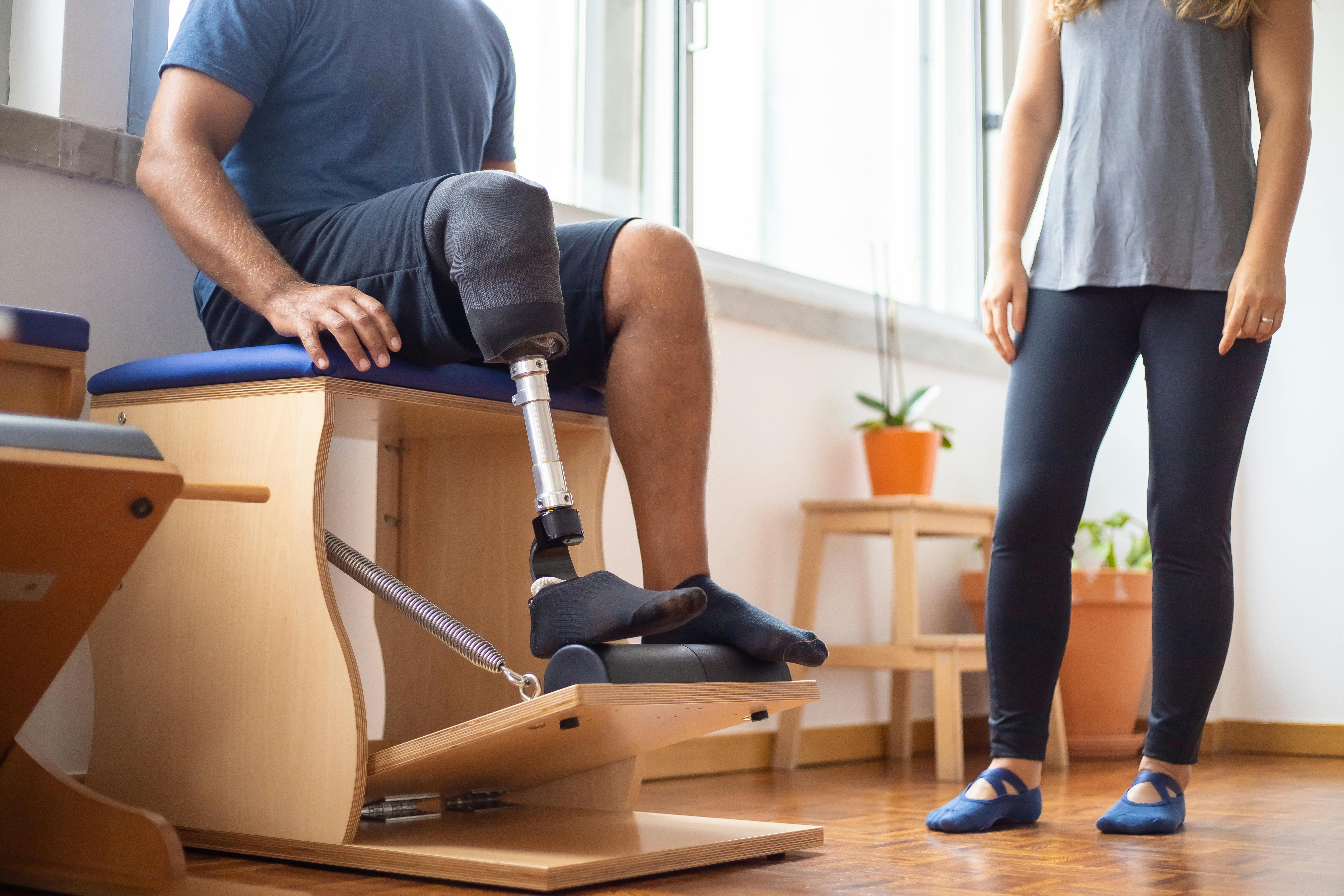
Rehabilitation robots are transforming how we help people recover faster. Many people want to know: How do rehabilitation robots aid in patient recovery? The short answer is that robots assist by providing consistent support and feedback during exercises. These machines repeat exercises without getting tired or losing focus. They help both patients and therapists by tracking progress and giving data-driven insights.
One amazing device is the robot coach. It guides people through self-managed rehabilitation programs. Robots like these can teach patients how to do exercises correctly, even when no therapist is present. They use sensors and cameras to watch and correct movements, making sure every exercise is done right. This helps reduce the risk of further injury.
Another common device is the robotic exoskeleton suit. It supports the body and helps with movements. Stroke patients or those with spinal injuries benefit the most. The suit helps them walk and gain confidence again. In some cases, it also teaches muscles to work better through repetitive movement.
What are the latest robotic devices used in physical therapy? There are many exciting options: robotic therapy devices like the Anklebot aid ankle recovery by guiding it through natural movements. The HapticMaster, with its 3D features, assists patients in regaining arm strength and coordination after a stroke. These devices make therapy enjoyable and effective.
Robots like ReWalk and EksoGT are wearable and help people with mobility issues stand up and walk. These exoskeletons provide support to those who can't move on their own. Additionally, the Lokomat helps people with gait training by using robotic legs and body support to guide walking patterns. All these machines provide real-time feedback to adjust therapy plans.
The big question: How effective are robotic programs in enhancing rehabilitation outcomes? Available data suggests they work very well. Research shows that robot-assisted recovery programs can improve recovery speeds and outcomes. The consistency and precision they offer lead to better strength, balance, and mobility gains. They also reduce the number of therapy sessions needed, saving time and money for patients.
Beyond just physical movement, robotics in rehabilitation also tackle mental health. Robotic companions provide emotional comfort and support, reducing stress and boosting morale. They engage patients in interactive exercises that improve both their physical and emotional well-being.
Some people may worry about robots replacing therapists. The truth is, they cannot replace the important human element in therapy. Instead, they act as partners, allowing therapists to focus on more complex cases and individual patient needs. Therapists program and oversee these robots, using their skills to guide patient care.
An important aspect of robotic rehabilitation is accessibility. As technology advances, robotic devices become more affordable. This allows more hospitals, clinics, and even homes to access them. Wide access means more people can experience high-quality care.
The rise of rehabilitation robotics represents a major shift in health care. These devices offer a promising future for those needing physical therapy. With improvements in technology, the world of rehabilitation will continue to benefit from robots, offering hope to those in need of recovery.
What are the emerging trends in healthcare robotics?
Robots in healthcare are getting better every day. Let's look at some exciting changes happening right now.
First, let's dive into training with robots. Training doctors and nurses can be challenging, but robots are making it easier. They help students learn without needing real patients. Robots like RIA at UC San Diego are used in training. These robots act like real patients, so students can practice safely. They don't get tired, and they can simulate many health issues. This means students get a lot more practice in a safe way.
The second big change is in the healthcare robotics market. It's growing fast! In 2023, it was worth over $10 billion. By 2026, experts think it will be worth over $14 billion. Why? Robotics help doctors do surgeries that are less invasive. This improves patient recovery and care. Intuitive's Ion platform is a great example. It helps with lung biopsies, and aids early disease detection, including lung cancer.
Robots are also improving mobility and rehabilitation. Exoskeletons like Wandercraft's Atalante X help people who can't walk. They allow them to stand up and walk again. It sounds like science fiction, but it’s real and happening now. There's also Yrobot's muscle armor. It gives more flexible support, almost like wearing extra muscle. These innovations help people regain their independence.
Another neat area is telemedicine, where robots are making a big impact. Robots now help doctors perform procedures remotely. Perceptive has used robots for dental work. Endiatx created the PillBot, a tiny robot you can swallow! It allows doctors to see inside your stomach from afar. This helps doctors diagnose without needing to be in the same room or even the same city.
Finally, robots are enhancing therapy and recovery. Socially assistive robots work with patients recovering from strokes or brain injuries. The National Robotarium, teaming with the AIT Austrian Institute of Technology, uses robots this way. They help make the completion rates better, which currently sit at a low 31%.
These trends in healthcare robotics are exciting. They point to a future where technology and medicine work hand in hand to improve our lives. Innovations in this field mean better training, faster diagnosis, improved mobility, and excellent telemedicine options. As robots continue to evolve, they will keep finding new ways to help doctors and patients. The future of healthcare with robots looks promising, and I’m thrilled to see what comes next.
Conclusion
Robotic surgery is getting better with precise and advanced systems helping surgeons. AI plays a huge role, making robots smarter and patient care more efficient. Hospitals use robots for tasks like nursing and rehab, improving outcomes and recovery. The field is evolving with new technologies and practices in healthcare robotics. These advancements promise a future where surgery, patient care, and recovery are safer and more efficient, giving hope for better healthcare systems. Stay curious, as the world of robotic advancements continues to grow and inspire innovation.



